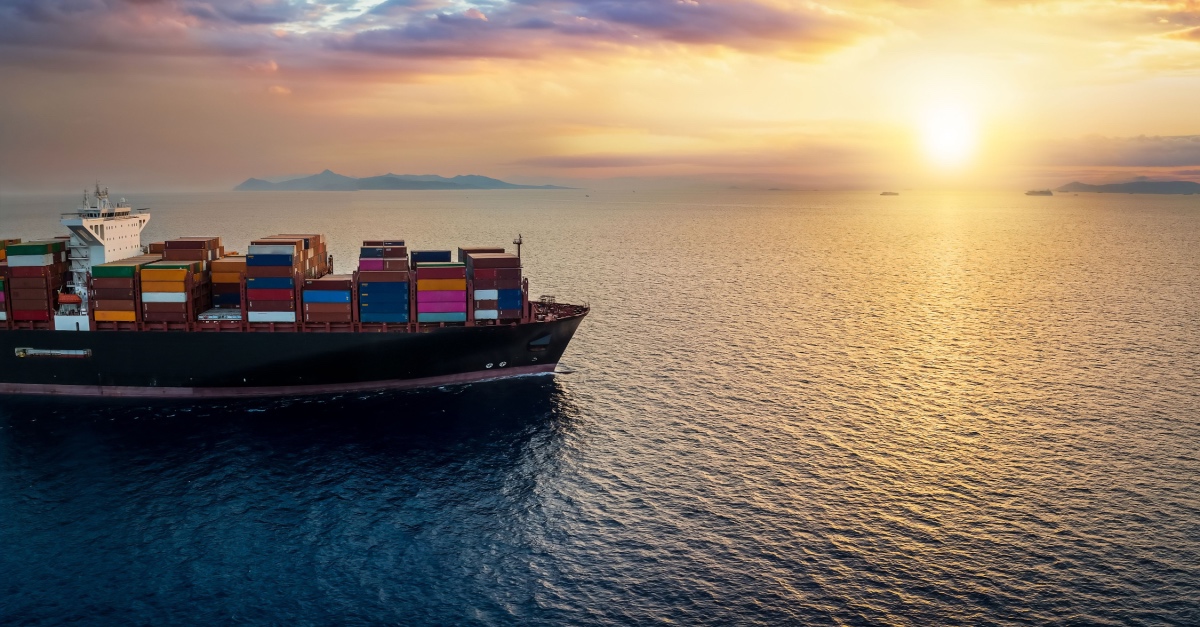There may be 11 more months in 2025, but for some, the year already feels long. Continued geopolitical instabilities, including the conflict between Ukraine and Russia, the tenuous ceasefire in Israel, and uncertainty over whether Houthi rebels will continue to attack vessels sailing the Red Sea, are headwinds to global shippers. Meanwhile, President Donald Trump’s actions calling for tariffs against Mexico and Canada are casting uncertainty over U.S. trade policy for the next four years.
And yet, while geopolitical uncertainties may grab the headlines, there are still other factors that come into play that could shape trade patterns — and subsequently, freight transportation needs. The European Union’s emissions trading scheme is in full swing for the European maritime sector, while ocean carrier alliances have realigned their networks. Meanwhile, technological innovations providing visibility into vessel movements and supply chain emissions are also becoming more available and are growing in sophistication.
Nimbly navigating all the challenges within the supply chain requires working with trusted partners that can provide you with keen insights on how to pivot your operations accordingly so that your company is not caught off guard. At Gemini Shippers, we’re here to help you adapt to help you stay competitive. This article will explain some of the themes you may encounter that are shaping the global supply chain landscape in 2025.
As Maritime Alliances Shift, Shippers Struggle to Keep Pace
The purpose of establishing global maritime alliances is ultimately to optimize capacity while also reducing operational costs. By sharing ports of call and trade routes, maritime alliances can provide shippers with more options.
That said, these alliances change over time. They break apart, and new alliances form. A new alliance between Maersk and Hapag-Lloyd called the Gemini Corporation beginning in February 2025 will be using a hub-and-spoke model, which is common in industries such as airfreight but not common among ocean carriers. This type of model consists of large hubs connected to secondary locations, with route size varying accordingly.
Meanwhile, three Asia-based carriers — Ocean Network Express, HMM, and Yang Ming — announced in September 2024 that they have formed the Premier Alliance that will be effective for five years, starting in February. This alliance will serve major trans-Pacific and Asia-Europe trade lanes between Asia and other global regions. And vessel operator MSC plans to collaborate with the Premier Alliance while also exiting its 2M alliance with Maersk.
Shippers need to be aware of these changes in the global maritime alliances because they can affect capacity, pricing, and reliability. At worst, the changing alliances can result in potential disruptions and changes in contract negotiation dynamics. But at best, shippers can use these changes to diversify carriers and build into their operations more flexible strategies. To ensure that shippers can take advantage, they should leverage organizations like Gemini Shippers for insights and negotiation support.
Technological Innovation Remains an Industry Imperative
Living in the 21st century has many benefits, including the ability to witness how emerging technologies can make freight transportation move that much more efficiently. From artificial intelligence (AI) and machine learning to blockchain, Internet of Things, and automation, emerging technologies can provide supply chain stakeholders with key insights that might not be so readily discernable because of their ability to process large amounts of information quickly.
Indeed, within the supply chain, emerging technologies can provide shippers with data-driven decision-making while also offering enhanced operational efficiency. Offerings such as visibility into supply chain emissions allow shippers to make adjustments based on historical trends. Predictive analytics can be used to develop robust risk management regimens.
To stay ahead, it’s a requisite for companies to adopt these emerging technologies. However, it’s easy to be overwhelmed by all the options and develop buyer fatigue. That’s where investing in technology partnerships can help in order to remain competitive. Utilizing platforms such as Gemini Shippers’ proprietary member web portal can result in better operational insights and more nuanced decision-making.
Disruption Remains Likely in an Unpredictable Supply Chain
As we mentioned in the beginning, geopolitical uncertainties abound, and it’s unclear when some of these uncertainties will result.
However, it’s not just geopolitical uncertainties that can increase volatility and complexity in global supply chains. Extreme weather events — such as the wildfires in Southern California — and pandemics — as seen with countries’ heightened concern over the bird flu — have the potential to wreak havoc on companies’ supply chains. At worst, these disruptions may result in rising costs and delays, and they may reflect a greater need for contingency planning.
Companies must have agility and adaptability to counteract all this unpredictability. This comes through adopting robust risk management strategies — which, as we’ve said before, may be developed through smart usage of predictive analytics. It can also come through leveraging expertise from organizations like Gemini Shippers that have had plenty of experience navigating disruptions effectively.
Make 2025 the Year to Get Ahead
In 2025, the global supply chain continues to face transformative challenges. From the shake-up of global maritime alliances to advancements in technology and inevitable disruptions, shippers must remain agile to thrive. Shifting maritime partnerships impact capacity and pricing, while technology like AI and blockchain drives efficiency and visibility. Meanwhile, supply chain disruptions from geopolitical tensions and climate events demand robust risk management strategies.
By leveraging Gemini Shippers’ expertise, proprietary tools, and negotiation support, businesses can navigate these trends with confidence. Working with us means that you have access to a network where shippers work together to build relationships with ocean carriers in order to negotiate flexible and competitive ocean rates. As we mention in our About Us, we have been around for nearly 100 years, and our members span everything from fashion and footwear to electronics to sporting goods.
Interested? Contact us today to learn more about how we can help you.



